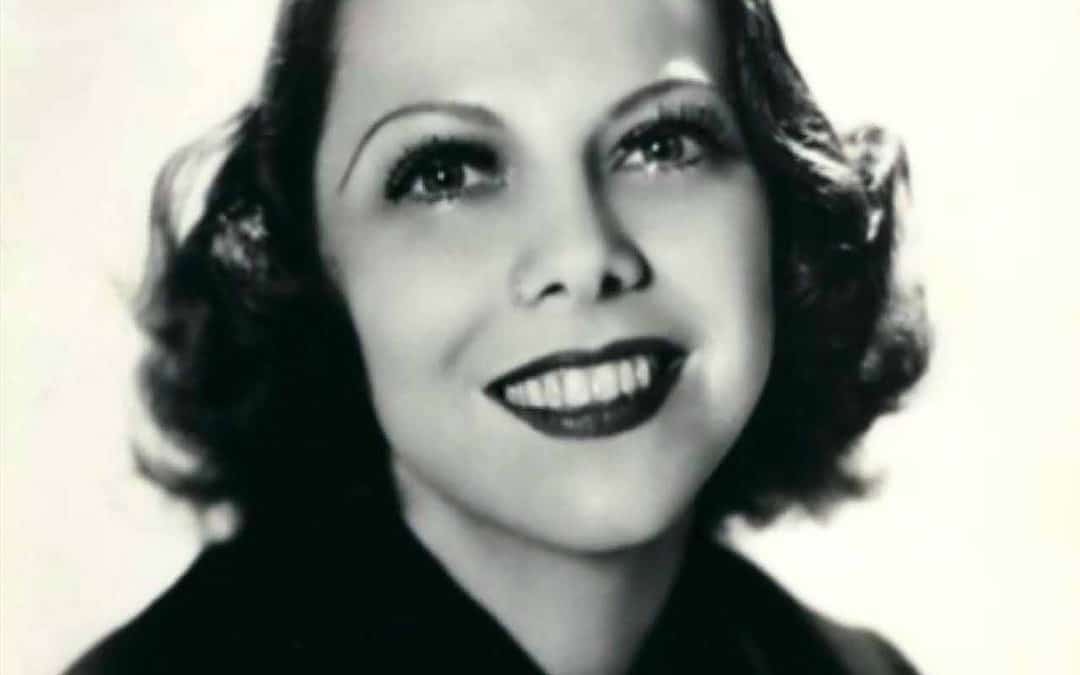As a child growing up in New York many of the adults in my family read stories to me, but my first experience of someone reading me a story and creating distinct and unique voices for all of the characters, was when I listened to Ireene Wicker, The Singing Lady on WNYC radio. Like millions of children before me, I was enchanted by The Singing Lady and her stories, but most of all, I loved her voices. At the time, I never thought that I could or would tell stories with voices, but apparently, a seed was planted.
What I never knew until writing this, was that Ireene Wicker had been a pioneer of children’s programming on radio and television. She had been The Singing Lady since the 1930s and 1940s when her radio show Kellogg’s Singing Lady was considered essential childhood listening. Her early shows were more storytelling than singing. She recorded many records of children’s stories that were very popular. She transitioned from radio to TV in 1948 and was one of the most popular stars of early children’s television. Kellogg’s had sponsored her show until her name appeared in the Red Scare propaganda magazine Red Channels and she was blacklisted in 1950, putting a halt to their sponsorship, and her career in radio and TV.
Ireene Wicker was never able to remove the stigma of being blacklisted in the 1950s completely, but she was recognized for her outstanding contributions to radio and television in 1960 with a Peabody Lifetime Achievement Award.
I’d like to thank Ireene Wicker for unknowingly planting a seed. She showed me how a woman could tell stories with many voices. Despite the Red Scare, she was very successful, and her work reached many children, perhaps those children, like me, love audiobooks today.

